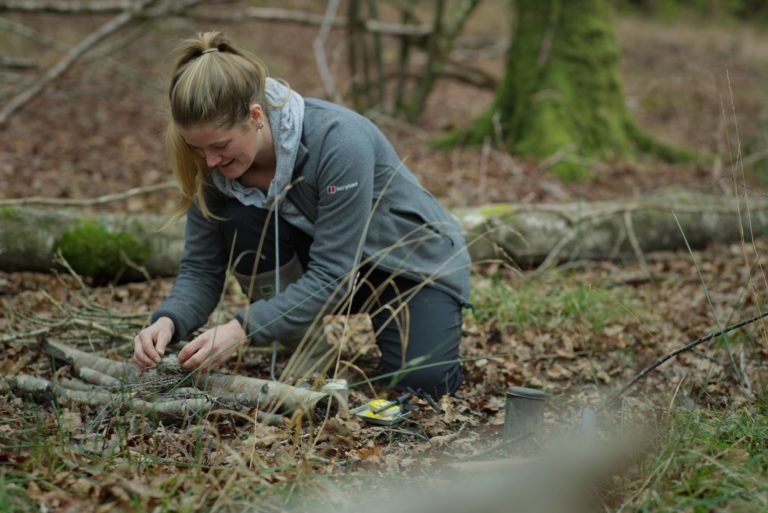“Where did the inspiration for SisterWood come from? What made you so certain you wanted to work with young women?”
Whenever I’ve spoken to people about SisterWood, these questions are always what comes up – why it all came about, what inspired me to bring young women together, or why it was necessary. I found that in writing this for the website I struggled to condense the story down, but in talking to people it was easy. This blog bridges the two to give a little more context to it all.
I spent years studying the world around me from a young age, through engagement in the youth organisation The Woodcraft Folk, in my A Levels and a course in Global Development at University, always looking out there, pointing the finger and trying to figure out how I could fix the mess I saw, or be of use in some way with newly found knowledge of injustice around the world.
From around the same time that I was learning about the world and it’s contradictions, I was also learning how to teach, holding singing workshops and choirs for people just slightly younger than myself with Wren Music in Devon. For 5 years I watched young people grow in confidence and empowerment as they learnt to use their voice to create something beautiful in harmony with others. This was juxtaposed with the frustration I felt at learning about the world we live in, and everything I learnt always came back to the question of environmental sustainability, living within the limits of our home which global capitalism seemed to ignore. Teaching singing in this way and being a part of young people’s growth and development, I felt alive, present, and full of purpose. There was a nugget of a lesson in there, but it was years later until I was able to see that.
When I left university I traveled extensively, trying to find where I could be of most use with the skills I had gained and knowledge I’d learnt, but it was at the Mindfulness Project in Thailand that I started to slow down. Drawing my attention inwards, I began looking at my own actions and perceptions, the way I communicated with myself and how that has a ripple out effect to others. I learnt the value of paying attention to the simple act of breathing, and through movement brought awareness back into my body.
As I went on to take a yoga teacher training course in India, inspired by the calm headspace I had found when first practicing at uni, I realised there is so much truth in the ancient teachings about looking after yourself if you want to make real lasting change in the world.
“Yesterday I was clever so I wanted to change the world. Today I am wise so I am changing myself” Rumi
It became clear to me that my path was to bring together this simple teaching of getting in touch with our bodies and engaging with the incredible natural world we live in.
Then on beginning to teach yoga and deliver forest school sessions on my return to the UK, I noticed a glaringly obvious gap in provision.
Both are often pitched at and full of people who come from wealthier backgrounds, and the forest school sessions I was delivering, where children were referred to from their schools, were exclusively boys. Girls’ needs were not being picked up on, and in training in autism I discovered that this is because girls are really good at masking to hide their difficulties in order to ‘fit in’.
It was clear to me that the way people in the UK access things that are good for them, their communities and the world was skewed towards those that are already going to have different life options.
My own life experiences had shown me the subtle discrimination women face when engaging in practical tasks – the surprised looks from people; the rush to help lift something that’s easily within my capabilities; the language around physicality; the difficulty finding practical clothing for women’s bodies and more.
It hasn’t actually been that long since women have gained a seat at the table, and there are still so many preconceived notions about our abilities that filter down to our young people, inadvertently limiting what they believe they are capable of.
I realised over the years that I’d picked up so many wonderful practices that were beneficial for mental health, and that in collating them together to pass on to young women, we can even out the playing field.
That’s what SisterWood is all about: giving young women and those that identify as female the tools to navigate difficulty. Providing them activities and an inner knowledge of their capabilities so they can draw on these resources when they need some headspace and a shift in perspective.


